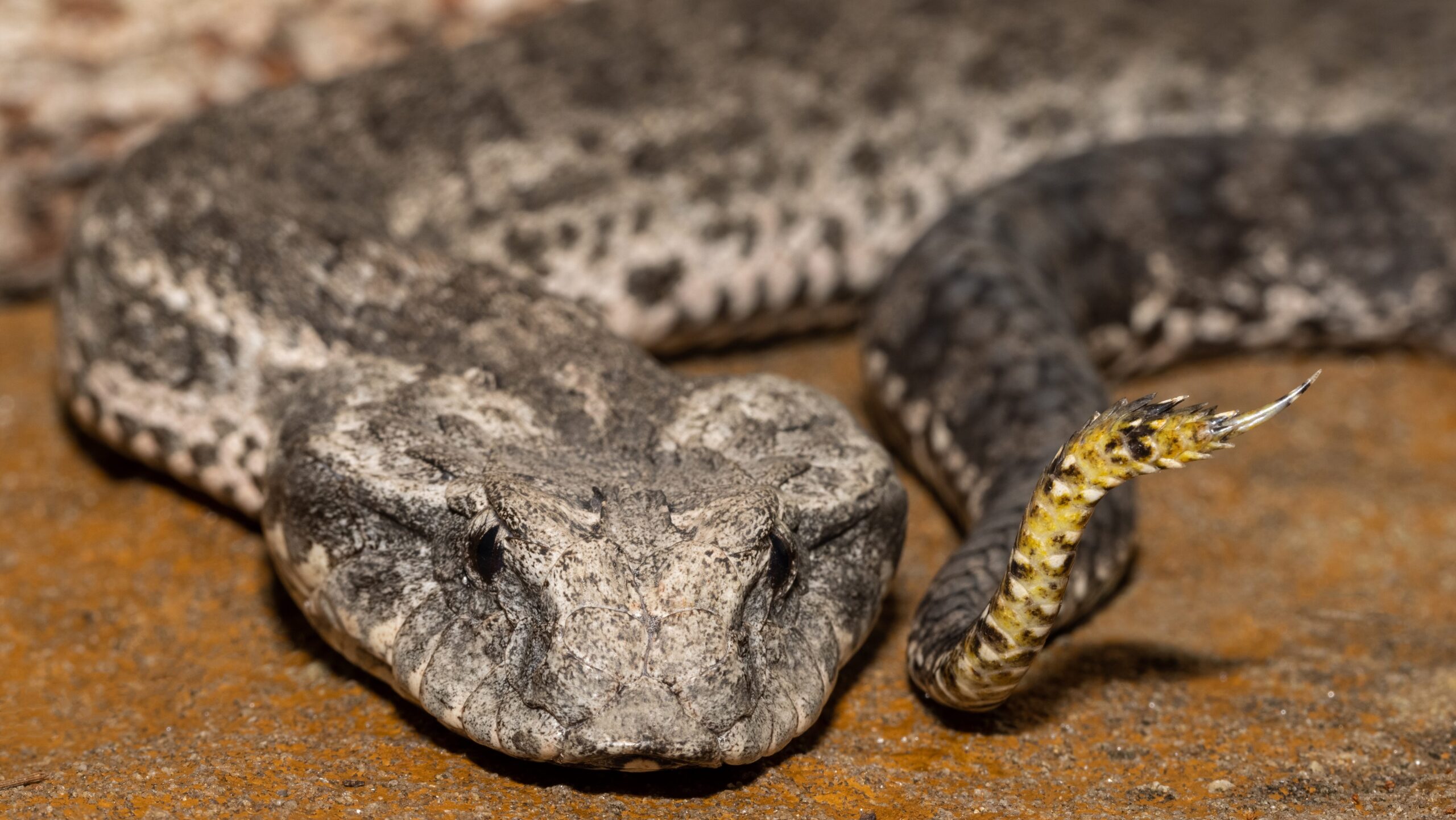Introduction
When it concerns venomous snakes, Australia is home to a few of one of the most interesting and hazardous types in the world. Amongst these, the Tiger Snake stands apart not only for its potent poison but likewise for its interesting behavior. Understanding the behavior of venomous snakes like the Tiger Serpent is critical for both wildlife enthusiasts and those staying in areas where these serpents are present. This post delves into different facets of Tiger Snake habits, habitat, recognition, safety measures, and emergency treatment practices in instance of a snake bite.


Understanding the Behavior of Venomous Snakes Like the Tiger Snake
The Tiger Snake, clinically called Notechis scutatus, is well-known for its hostile nature when threatened. These serpents exhibit a range of habits that can be quite various from their non-venomous equivalents.
Characteristics of Tiger Snakes
The Tiger Serpent is easily well-known due to its unique bands or red stripes that appear like a tiger's markings. They can differ in color from yellowish-brown to dark olive or black. This coloration serves not only as camouflage however additionally as a warning signal https://writeablog.net/luanondxuv/snake-bites-first-aid-a-comprehensive-pdf-guide to possible predators.
Adaptability to Environment
One remarkable facet of their actions is their flexibility to various settings. Located mostly in seaside areas, marshes, and marshes across Australia and Tasmania, they can flourish in diverse habitats including metropolitan areas.
Hunting Techniques
Tiger Serpents are ambush killers primarily preying on fish, frogs, and small animals. They have keen sight and an intense sense of smell which helps them in finding victim effectively.
Venom Composition
Their poison includes neurotoxins that affect the nerves, resulting in paralysis or death in smaller sized pets. For human beings, prompt medical interest is essential after a tiger serpent bite due to its possibly dangerous effects.
Natural Habitat of Tiger Snakes
Preferred Locations
Understanding where these serpents stay clarify their behavior patterns. The tiger snake habitat consists of:
- Coastal regions Swamps Grasslands Urban locations with abundant water sources
Seasonal Movements
During warmer months, Tiger Snakes are a lot more active as they bask in sunlight or quest for food. On the other hand, colder months see them pulling back into hibernation sites.
Are Tiger Snakes Venomous?
Yes! The inquiry "are tiger snakes venomous?" typically arises amongst those unfamiliar with this species. Their venom is taken into consideration among the most dangerous among all snake species worldwide.
Symptoms of a Tiger Snake Bite
If bitten by a tiger serpent, symptoms might consist of:
- Localized pain Swelling at the bite site Nausea and vomiting Sweating and confusion
Immediate medical help is important as neglected attacks can result in serious health and wellness complications or perhaps death.
First Help for Snake Bites: Quick Action Guide
Knowing how to administer first aid for a snake bite might conserve someone's life. Here's what you must do:
Step 1: Continue to be Calm
Keeping calm helps slow down heart rate which lowers poison spread.
Step 2: Incapacitate the Affected Area
Keep the affected arm or leg still and listed below Discover more heart degree if possible.
Step 3: Call Emergency Situation Services
Always seek professional medical aid right away after a serpent bite.
First Help for Snake Bite Set Essentials
A well-appointed snake bite first aid kit ought to include: Homepage
- A compression bandage Antiseptic wipes A pair of scissors A cold pack
Safety Safety measures: Protecting against Snake Bites in Australia
Awareness Programs
Educating areas about regional snake species and their habits can dramatically decrease experiences causing bites.
Avoiding Dangerous Areas
Staying away from long grass throughout warmer months decreases call with snakes that might be relaxing or hunting.
Common Misconceptions About Tiger Snakes
Many people think mistaken beliefs concerning the actions of tiger serpents lead to unnecessary concern. Right here are some clarifications:
Myth 1: All Tigers Are Aggressive
Not all tiger snakes will show aggressiveness if left uninterrupted; several prefer taking off as opposed to confrontation.
Myth 2: They Chase Humans
Tiger snakes do not actively chase people; they might strike when they really feel intimidated but will usually retreat if offered space.
Conservation Efforts Related to Venomous Snakes
Conservation initiatives concentrate on educating areas concerning safeguarding local wildlife while reducing human-snake interactions.
Importance of Ecosystems
Understanding that venomous snakes play a necessary function in preserving environmental equilibrium aids foster admiration rather than concern in the direction of them.
FAQs Concerning Tiger Snakes
What ought to I do if I experience a tiger snake?- Maintain range and gradually retreat without unexpected movements.
- While bites aren't extremely typical because of understanding initiatives, they still take place each year within Australia.
- Baby tiger serpents can supply complete doses of poison in spite of being smaller sized; therefore care is advised around them.
- They mainly eat frogs, fish, little creatures like rats, and other reptiles.
- It's prohibited in a lot of territories without proper licensing due to safety issues concerning their venom.
- Wear durable boots and stay on marked tracks; appearance prior to positioning hands or feet into concealed rooms like rocks or logs.
Conclusion
Understanding the behavior of poisonous serpents like the Tiger Snake not just improves our expertise yet likewise advertises safety and security awareness among those living near their environments. From acknowledging their qualities, recognizing first aid methods following a bite, with involving preservation efforts-- every element plays a necessary function in promoting conjunction with these fascinating reptiles while valuing their location within our ecosystem.
As we deepen our understanding via education and learning and experience, we add favorably toward ensuring both human safety and wildlife conservation-- profiting all events involved!